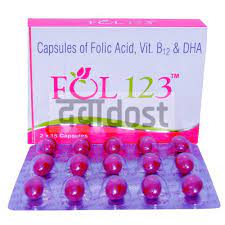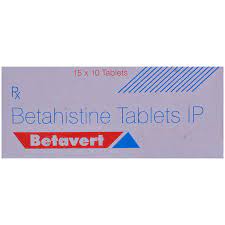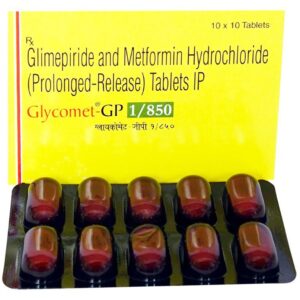The HAMILTON-G5 was designed for critically ill patients in all ICU settings where lung protection is of paramount importance.
The comprehensive monitoring package and state-of-the-art diagnostic tools for lung assessment support you in making the best possible clinical decisions for your patient.
A wide range of additional options and features, such as Heliox and high flow oxygen therapy, allows you to tailor the HAMILTON-G5 to fit the requirements of your ICU and meet the needs of each individual patient.
Specification of Hamilton G5 ICU Ventilator:
BrandHamiltonModelG5Ventilation Modes(S)CM, SIMV, VS, APVcmv, APVsimv, P-CMV, P-SIMV, DuoPAP, APRV, SPONT, ASV INTELLiVENT-ASV, NIV, NIV-ST, nCPAP-PS, Hi Flow O2Patient Age GroupPaediatric, Adult, and NeonatalTidal VolumeAdult/Pediatric: 20 to 2000 ml, Neonatal: 2 to 200 mlMaximum Inspiratory Flow180 L/min peak flow, max. 120 L/min continuous flowOxygen ConnectorDISS (CGA 1240) or NIST (optional), NF (optional)Oxygen Pressure2 to 6 bar / 29 to 87 psiBattery BackupTypical 1 hours, Recharge time: 15 hours, Battery Type: Lead-acidWeight38 kg (83.8 lb), 57 kg (125.6 lb) with standard trolley, monitor, ventilation unit, The standard trolley can accommodate a maximum safe working load of 80 kg (176 lb). The universal trolley can accommodate a maximum safe working load of 140 kg (308 lb)Features of Hamilton C3 ICU Ventilator:?
Adult, Pediatric, and Neonatal VentilatorINTELLiVENT-ASVP/V Tool? Pro – the protective ventilation toolIntelliSync+Transpulmonary pressure measurementNoninvasive ventilation (NIV)High flow oxygen therapyVolumetric capnographyRemote access to humidifier controls and status*SpO2 measurementIntegrated automatic cuff pressure controller IntelliCuffIntegrated Aerogen nebulizerIntegrated pneumatic nebulizerAdaptive Support Ventilation (ASV)All ventilation modesnCPAP modesDriving pressureHeliox therapyLeak compensation for NIV and invasive ventilationFlexible device configurationOptimal alarm detectionHot-swappable battery backupSerial interface for connection to PDMS or patient monitorsDynamic Lung for simplified patient monitoringVent Status for weaning assessmentConfigurable loops and trendsTube Resistance Compensation (TRC)Proximal flow sensor for precise measurements











 No products in the cart.
No products in the cart. 
Reviews
There are no reviews yet.